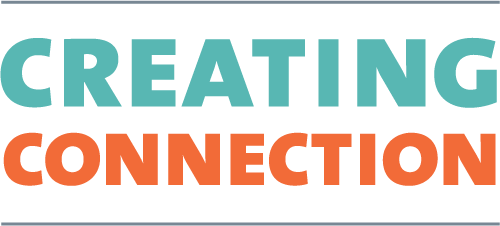We know from our national research around core values held by the public that happiness and joy are one of the primary benefits associated with engaging in creative expression.
We also know, from years of experience managing and cultivating support for arts programming, that funders and policymakers expect data, quantifiable metrics, and solid evaluation plans that draw clean lines between an output and an outcome.
The conundrum
But how can we measure happiness? If it is, indeed, one of the ways in which the arts and cultural sector contribute to our society, how can we demonstrate that output?
Elizabeth Merritt, lead author of the 2016 “TrendsWatch” report produced by the Center for the Future of Museums, offers some encouragement and a couple of ideas for the field. She explores how other sectors—even other governments—quantify prosperity, well being, and happiness and suggests that we do the same.
The challenge, should we choose to accept it
Beyond her initial ideas, Merritt’s piece feels more like an exciting challenge to the field:
How can we begin to think of ourselves beyond our economic output, beyond our educational offerings, and as a sector that can improve levels of happiness?
Taking it one step further, then, how can we communicate that benefit to our audiences and how can our programs be structured to fulfill it?
(Hint: the Creating Connection toolkit has some tips to get you started.)
"Sunday at Grand Rapids Children's Museum" Photo by Flickr user Steven Depolo. CC BY 2.0

